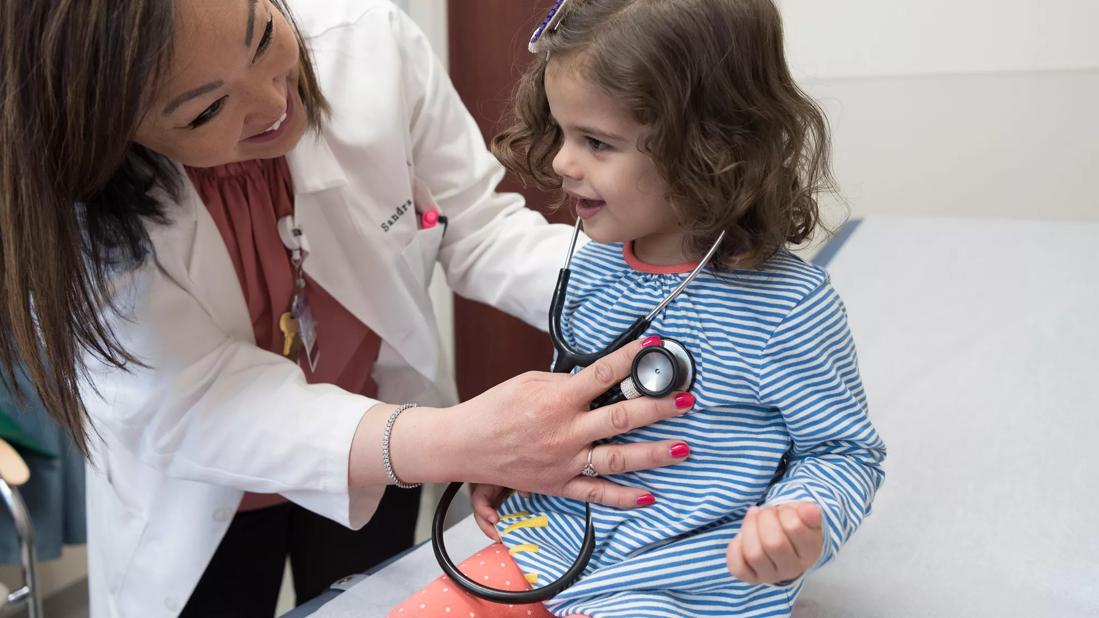Research aims to uncover the mechanisms involved in immune tolerance

Promising results of peanut oral immunotherapy in young patients are leading to new questions about the mechanisms involved in immune tolerance.
Advertisement
Cleveland Clinic is a non-profit academic medical center. Advertising on our site helps support our mission. We do not endorse non-Cleveland Clinic products or services. Policy
Peanut and tree-nut allergies affect an estimated 1 million children in the U.S. While about 20% to 25% of people will develop a tolerance naturally, most will maintain the allergy their whole lives.
Strict avoidance of the peanut allergen has been the conventional wisdom for children with a peanut allergy. But in recent years, physician-supervised oral immunotherapy has emerged as a safe and efficacious approach for building an allergen tolerance in young patients, even infants.
Research has shown that incremental, physician-supervised oral immunotherapy early in life may improve patients’ immune response over time. This was the chief finding of a 2023 study led by Cleveland Clinic allergist Sandra Hong, MD, and colleagues. They published their results in the Journal of Allergy & Clinical Immunology: In Practice.
The research team analyzed data from 22 patients younger than 1 year old, with an average age of 9.2 months. All 22 of the patients in the study received incremental doses of peanut allergen under the supervision of an allergist.
The authors report that most patients started at 18 mg of peanut protein, and dose escalations happened every two weeks for over six months until at least 500 mg of peanut protein was achieved. All patients in the cohort achieved desensitization to at least 500 mg of peanut protein, and 91% of these patients were able to tolerate an age-appropriate serving of peanut protein (2,000 mg or greater).
While more than two-thirds experienced symptoms, most were mild and self-resolved. The authors note that one patient required in-office epinephrine. It was later discovered this patient had an infection, which likely mediated the reaction. The patient tolerated subsequent dose escalations.
Advertisement
And while oral immunotherapy is not a cure, it can reduce reactivity to food allergies. A tolerance means children and their families don’t have to worry about accidental exposure.
The success of oral immunotherapy in some of the youngest patients raises hope that investigators might better understand the mechanisms involved in training the immune system to tolerate specific allergens.
"We've come leaps and bounds in figuring out some of the most fundamental aspects of immunology, but we don't understand its dynamics," says Paul Karell, an MD-PhD student in the laboratory of Thaddeus Stappenbeck, MD, PhD, Chair of the Department of Inflammation & Immunity.
"Immune tolerance is a frontier of immune system research. We just don't yet know how it works."
Karrell, who is spearheading the collaboration, says the project is still in its early stages. Even so, he knows where he wants to look first: our gut. Preclinical data from multiple labs has already established ties between immune tolerance and the bacteria living in our intestines, or the gut microbiome.
Karrell emphasizes that despite the promising lead, his team still needs to look beyond the gut using patient observations and samples. Looking at overall immune differences between patients who do and do not respond to treatment will provide more information on these mechanisms and how they work. Karell and Dr. Stappenbeck hope to identify key factors that physicians can reach with medication or other interventions to make these therapies effective.
Advertisement
Designing the project and translating clinical experience to the bench is a fundamental part of Karrell's training as a physician-scientist. Even in these early stages of research, Karrell says that working with Drs. Bjelac and Hong is a constant reminder of why investigating unknowns at the lab bench is critical to patient care.
"Before I worked directly with patients, I had never seen firsthand how disease pathology affects a person's livelihood," he says. "I want to address clinical problems through my research – hearing how everyone on this team talks about this problem and how much it affects patients is a great experience and a motivator."
Editor’s Note: Portions of this article were adapted from Cleveland Clinic Lerner Research Institute.
Advertisement
Advertisement

Diagnostic and management pearls for an emerging condition linking tick-bites to meat allergy

Insights into an emerging condition linking tick bites to meat sensitization

Beyond recognizing and treating food allergies, GIs also have a responsibility to address common food allergy misconceptions

Integrated care model reduces length of stay, improves outpatient pain management

A closer look at the impact on procedures and patient outcomes

Experts advise thorough assessment of right ventricle and reinforcement of tricuspid valve

Study also finds that 26% of children with cancer have mutations in DNA repair genes

A closer look at current uses and future opportunities